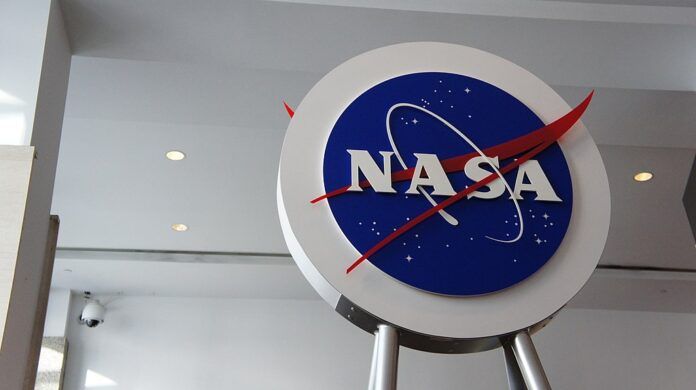From sci-fi to sky-high: NASA’s plan to combat climate change with atmospheric ice
In an audacious move straight out of a science fiction novel, NASA has unveiled a novel approach to combat the relentless march of climate change: seeding the skies with millions of tons of ice. This groundbreaking proposal aims to tackle the insidious problem of greenhouse gases, not from the ground, but from the air, employing fleets of aircraft in a mission that could redefine humanity’s fight against global warming.
The mechanics behind the greenhouse effect are simple yet disastrous; gases trapped in our atmosphere act as a thermal blanket, trapping heat that would otherwise escape into space. This results in a gradual but steady increase in Earth’s temperature, melting ice caps, and setting off a domino effect of environmental catastrophes. NASA’s solution? A frosty intervention designed to freeze these vapours into ice particles, causing them to plummet back to Earth before they can do any harm.
The strategy emerges from a collaborative think tank involving NASA and the National Oceanic and Atmospheric Administration (NOAA), setting the stage for what could be one of the most ambitious geo-engineering projects ever conceived. By introducing ice into the atmosphere, the agencies hope to provide a cooling effect, a literal breath of fresh air in the stifling rise of global temperatures.
However, before visions of winter wonderlands cloud our judgment, it’s crucial to remember that this isn’t a silver bullet. The proposal isn’t intended to replace the urgent need to slash carbon emissions but rather to complement these efforts. Geo-engineering, the science of deliberately altering Earth’s natural systems, is a field fraught with controversy, mainly due to the unpredictability of its outcomes. The well-intentioned introduction of cane toads to Australia serves as a stark reminder of how solutions can spiral into problems of their own.
NOAA physicist Joshua Schwarz, a leading voice in the proposal, cautions that this ice-seeding plan is not yet ready for implementation. It represents a future possibility, a beacon of potential in the murky waters of climate change mitigation. According to preliminary calculations, dispersing two tons of ice particles weekly could cool the atmosphere by approximately 1/70th of the current rate of heating—a small but significant impact.
As the world grapples with the escalating climate crisis, NASA’s icy proposition offers a glimpse into the lengths scientists are willing to go to protect our planet. While the road ahead is uncertain, and the risks of geo-engineering loom large, the dialogue around innovative solutions like atmospheric ice seeding is a testament to human ingenuity and our collective resolve to preserve the Earth for future generations.
